So you’re just as fascinated as I am with ancient civilizations and you’d love to start thinking about Egypt travel.
If you think about it the ancient Egyptians enjoyed 3000 years of civilization, whereas we are barely reaching 2013.
They are so ancient, so foreign to us westerners…. And yet so unbelievably fascinating… It’s clear that we wouldn’t be able to see it all in a single trip.
So how do we tackle this? What could we see in a relatively short period of time that would give us kind of a general sense of what ancient Egypt was like?
I started writing with the sincere hope that I could fit it all in one post. Ha! Not a chance. Here’s Part 2.
Another tourist attraction?
I was having a discussion the other day on Twitter with someone who claimed that the Colosseum in Rome is a waste of time and money.
This person would probably say that visiting the Giza pyramids and the Sphinx is also a waste.
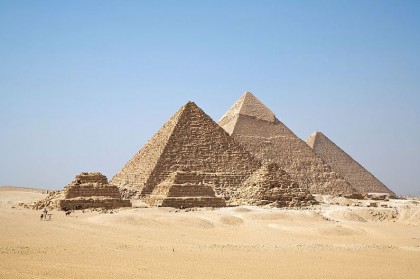
Giza pyramids. Photo: Wikipedia, Ricardo Liberato.
Please copy and paste the following link to go to the original image:
http://en.wikipedia.org/wiki/File:All_Gizah_Pyramids.jpg
And I guess from one perspective he is right. However I choose to look beyond the ruins, close my eyes and envision in my mind the original scale, the architecture, the people and how they dressed.
How they probably experienced this same weather, what the sounds would have been like, what this place smelled like.
To me, yes, these are tourist attractions, but they are also so much more. I guess the question would be ¿What is it you’re looking for in your cultural travel?
Your basic Ancient Egypt travel
I guess there are hundreds, probably thousands of excavation sites in Egypt today and each of them could potentially be visited by travelers.
But there are some that are well conditioned for tourism and that would still give you that amazing experience of being transported thousands of years back.

A panoramic view of the great hypostyle hall in the Precinct of Amun Re in Karnak. Photo: Wikipedia, Blalonde.
I may in the future cover more Egyptian sites (as I said, I am utterly fascinated by this topic) but for now, and for a beginner traveler here are the main, basic, must-see sites in Egypt.
Your basic visit to Egypt will involve air travel, buses or coaches and cruises along the river Nile and it will go through a few main cities:
Aswan, Edfu, Luxor and Cairo. Here are your bare bones sites from south to north:
Abu Simbel
This site houses two amazing temples, those of Pharaoh Ramesses II (one of the most prominent and important of Egyptian pharaohs) and his wife queen Nefertari.
The four sitting statues of the pharaoh are famous in every Egyptian catalog. The site is also famous for being moved piece by piece in 1968 after the Aswan High Dam started.
The project would have caused the temples to be submerged under water.
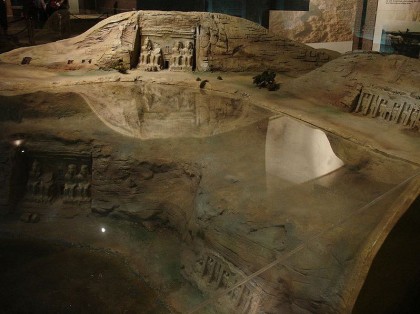
A scale model showing the original and current location of the temple (with respect to the water level) at the Nubian Museum, in Aswan. Photo: Wikipedia, Zureks.
Please copy and paste the following link to go to the original image:
http://en.wikipedia.org/wiki/File:Abu_Simbel_relocation_by_Zureks.jpg
These temples date from 1264 to 1244 BC (old!) and their purpose was to impress the southern neighbors of ancient Egypt and to let them know who was in charge.
The statues of Ramesses II are quite impressive, but so is the interior of his temple with its hypostyle hall, with eight Osiris pillars.
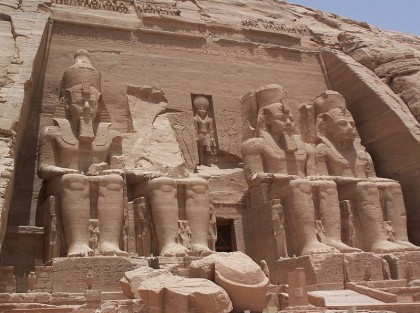
Ramesses II statues. Photo: Wikipedia, Than217.
Please copy and paste the following link to go to the original image:
http://en.wikipedia.org/wiki/File:Abu_Simbel_Temple_May_30_2007.jpg
Everything in these temples is massive, even the statues depicting the pharaoh’s children on the façade are enormous, taller than human size!
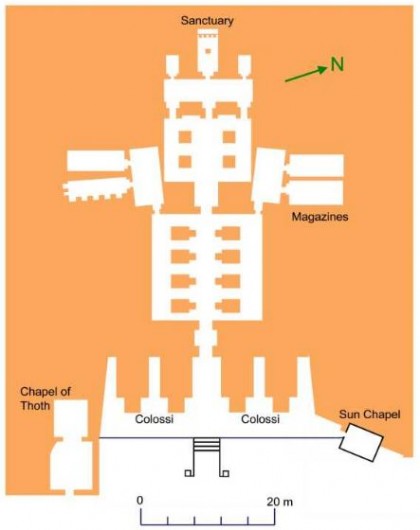
Abu Simbel floorplan. Source: www.charlesmiller.co.uk
Please copy and paste the following link to go to the original floorplan website:
http://www.charlesmiller.co.uk/fla/images/templans/abusimb1pln.jpg
Philae
The Agilkia Island in Lake Nasser (near the city of Aswan) is home of Philae and its Temple of Isis. Philae was actually a set of two small islands located in the First Cataract of the Nile River.
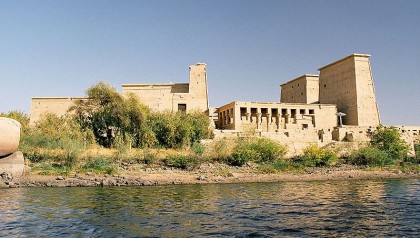
Photo: Wikipedia, Przemyslaw “Blueshade” Idzkiewicz.
Please copy and paste the following link to go to the original image:
http://en.wikipedia.org/wiki/File:Philae,_seen_from_the_water,_Aswan,_Egypt,_Oct_2004.jpg
But when the Aswan Dam project started, it was necessary to relocate the temple complex to the Agilkia Island, due to the damage already caused by the floods of the Aswan Low Dam project.
The temple was built from 380-362 BC in honor of the goddess, by one of the last native Egyptian rulers.
Making the tour of the Temple of Isis and the complex is a trip back to Ptolemaic times.
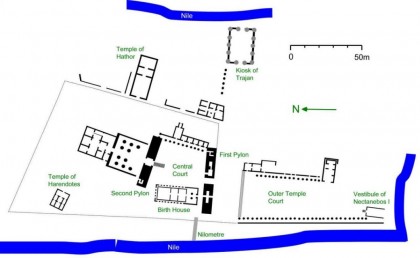
Philae floorplan. Source: www.charlesmiller.co.uk. Please copy and paste the following link to go to the original floorplan.
http://www.charlesmiller.co.uk/fla/images/templans/philpln.jpg
Kom Ombo
The Kom Ombo temple is not that old (for ancient Egyptian standards) having been built on 180-145 BC during the Ptolemaic dynasty and it is located in the town of Kom Umbo.
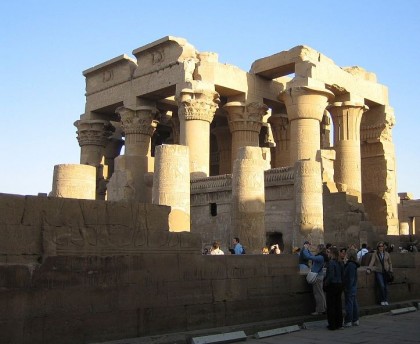
Temple of Kom Ombo. Photo: Wikipedia, Isewell.
Please copy and paste the following link to go to the original image:
http://en.wikipedia.org/wiki/File:KomOmbo2.jpg
It’s unusual because it’s a double temple with a symmetric layout, each side for a different divinity.
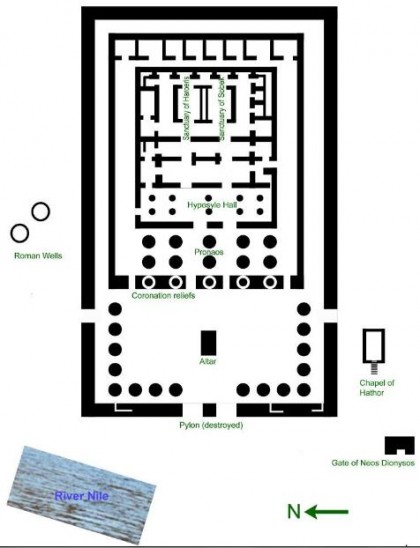
Temple of Kom Ombo floorplan. Source: www.charlesmiller.co.uk
Please copy and paste the following link to go to the original floorplan website:
http://www.charlesmiller.co.uk/fla/images/templans/komompln.jpg
Temple of Edfu
Built in the Ptolemaic period between 237 and 57 BC, the Temple of Edfu is located in the city of Edfu, about 65 miles north of Aswan.
It is dedicated to Horus and it was the site of some of the most prominent of religious ceremonies honoring this god as well as Hathor.
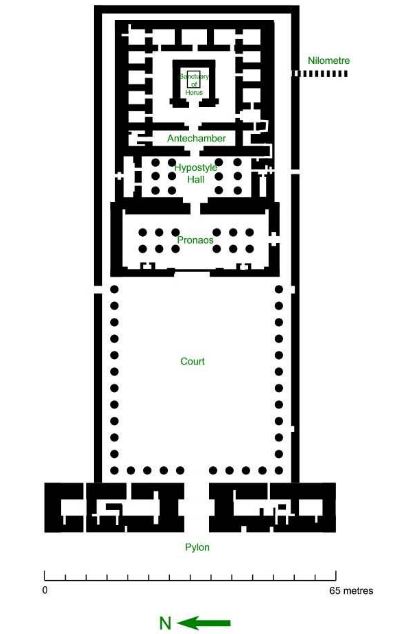
Temple of Edfu floorplan. Source: www.charlesmiller.co.uk
Please copy and paste the following link to go to the original floorplan website:
http://www.charlesmiller.co.uk/fla/images/templans/edfupln.jpg
And with this, I’ll see you in the next installment with the next few Egypt travel sites.
What period of Egyptian history is more fascinating to you? The oldest or the latest?
Have you been to Egypt before? What was the best site?
Share your comments in the field below or join us in Facebook!
Practicalities:
- Best time to travel: November to March.
- Weather: Hot and dry. El Cairo gets 97°F (36°C).
- Airports: Cairo and Luxor.
- Don’t forget insect repellent and a really good sunblock.
- Visit this site to check opening times of main attractions {Not sure if it’s up to date, though :-(}



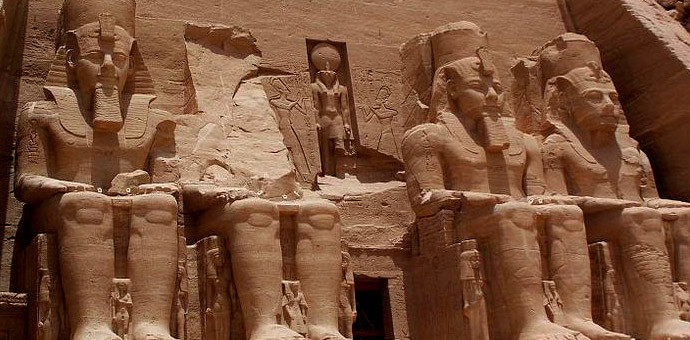

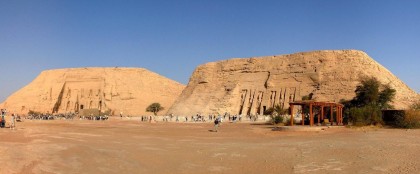
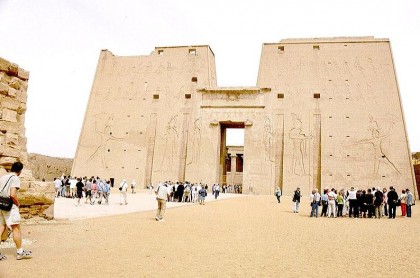
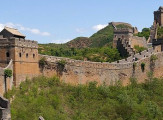
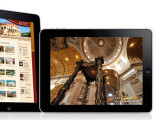
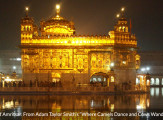
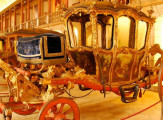

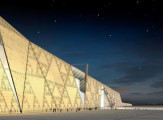


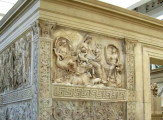
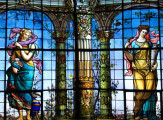


















Very informative post!
These might be tourist attractions, they’re tourist attractions for something! I’d love to admire these architectural highlights. Have only been to the Valley of the Dead and the Collossi of Memnon and was already blown away.